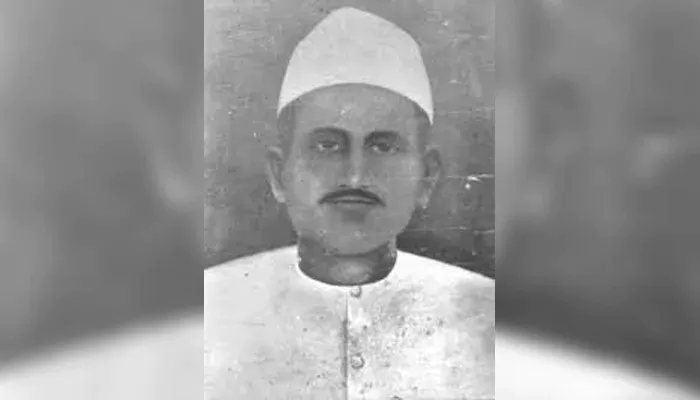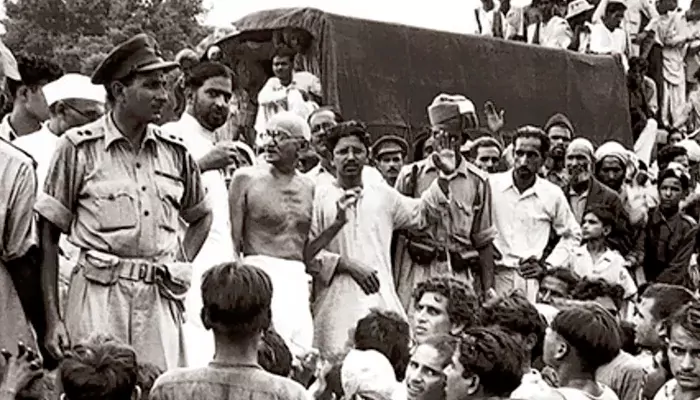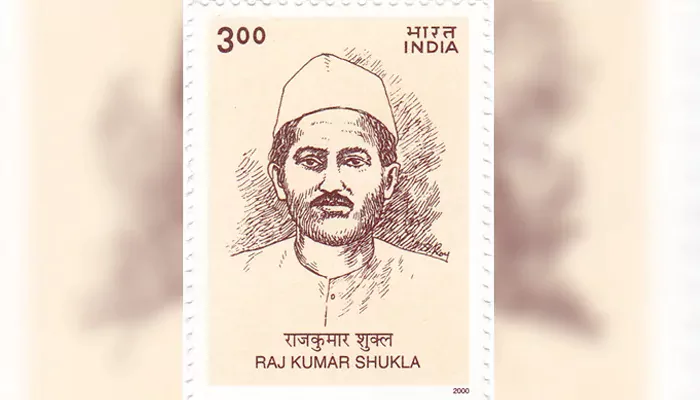
Before Bardoli, a humble farmer brought Gandhi to Bihar — and history
In the spring of 1917, a little-known farmer from Bihar planted a seed that would grow into a national awakening. His name was Raj Kumar Shukla. While the world remembers Champaran as Mahatma Gandhi’s first satyagraha on Indian soil, the man who made it happen often goes unmentioned. Without Shukla, Gandhi might never have set foot in Champaran. And without Champaran, India’s fight for freedom might have taken a different path.
Raj Kumar Shukla was not a politician or a lawyer. He was a farmer from the village of Murli Bharhawa in Champaran, where indigo planters controlled the land and lives of tenants. Under the tinkathia system, farmers were forced to grow indigo on three-twentieths of their land, regardless of market demand or soil condition. It was exploitative and brutal.
Shukla, though unlettered in politics, had seen enough injustice. He decided that someone powerful had to hear the peasants’ cries—and do something. That someone, he believed, was Mohandas Karamchand Gandhi.

In 1916, Shukla attended the Indian National Congress session in Lucknow. There, he met Gandhi. For days, he pleaded with him to visit Champaran. Gandhi, preoccupied with other issues, politely declined.
But Shukla refused to take no for an answer. He followed Gandhi across cities—Lucknow, Kanpur, Ahmedabad. His persistence became legendary. Eventually, Gandhi gave in. He agreed to travel to Champaran and see the situation for himself.
Gandhi arrived in Motihari in April 1917. Shukla was waiting for him. So were thousands of peasants. Their eyes were filled with hope, their stories with pain. Gandhi listened—and acted. He began collecting testimonies. His inquiries revealed widespread abuse by British indigo planters.
When the colonial authorities asked Gandhi to leave, he refused. Instead, he offered to face the legal consequences. This act of civil defiance made national headlines. The British backed down, and Gandhi was allowed to stay and investigate.
The outcome of the Champaran Satyagraha was historic. The British government appointed a commission to look into the matter, with Gandhi as a member. The inquiry validated the farmers’ grievances. As a result, indigo planters were ordered to return part of the money they had extorted. By March 1919, the tinkathia system was abolished.
It was the first time nonviolent resistance had successfully forced the British to retreat. It gave India a new strategy—and a new hope.

While Gandhi became the face of the movement, Raj Kumar Shukla quietly returned to his fields. But his role was pivotal. He didn’t just bring Gandhi to Bihar; he organised locals, arranged meetings, and served as Gandhi’s guide. His deep connection with the land and its people made him the perfect bridge between the Mahatma and the masses.
Shukla wasn’t seeking fame. He was seeking justice for his people and his soil.
Raj Kumar Shukla passed away in 1929, his contribution largely forgotten by history books. But his legacy lives on in Champaran, where a statue stands in his honour. In 2000, India Post released a stamp bearing his name. Still, outside Bihar, few know of the farmer who lit the torch of satyagraha.
Before Bardoli, before Dandi, there was Champaran. And before Champaran, there was Shukla—the man who believed that even the voiceless had the right to be heard.
Raj Kumar Shukla may not wear the halo of a national leader. But he was, in every sense, a hero. Quiet. Determined. Unshakeable. And the man who led Gandhi to the people.